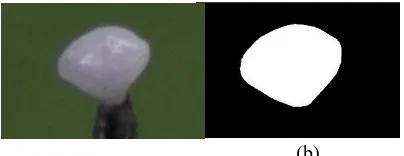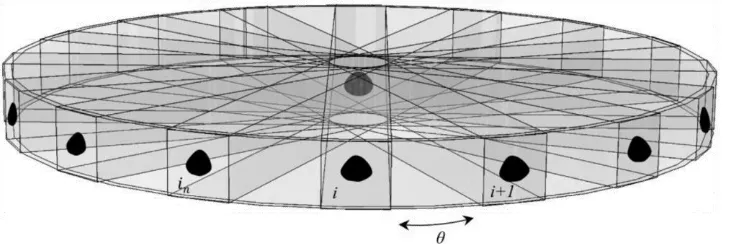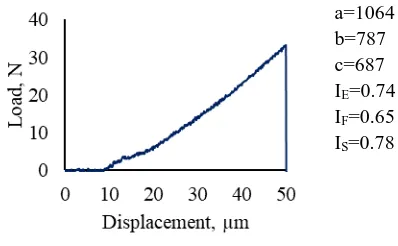A laboratory-based technique for grain size and shape characterisation
Full text
Figure




Related documents
In addition, changes in environ- mental conditions (e.g., temperature, pressure, and relative humidity) as well as laser and system variables (e.g., absolute system
In the present study, there was not any significant difference between sensory scores of EO treated and extract treated fillets at the beginning of the study (just
On the off chance that Lewy bodies create in a piece of the cerebrum called the mind stem, and indications of dementia, somebody may likewise create manifestations like
Based on DOI (diffusion of innovation) theory, importing an information system into a supermarket chain was analyzed using the ICT (information communications
Methods: After revealing the presence of MCP1 and CCR2 in the motor cortex of ALS patients, to elucidate, visualize, and define the timing, location and the extent of immune response
DPPH radical scavenging, ABTS radical scavenging, hydroxyl radical scavenging and lipid peroxidation inhibition assay, were carried out to investigate antioxidant
The conclusions of this study are that an activity center, for people with dementia in an early stage, offering adapted physical and social activities led by highly
Recently, most attention has been directed towards nucleic acid conformation and the only previous study on all protein-bound nucleotide conformations was limited by
